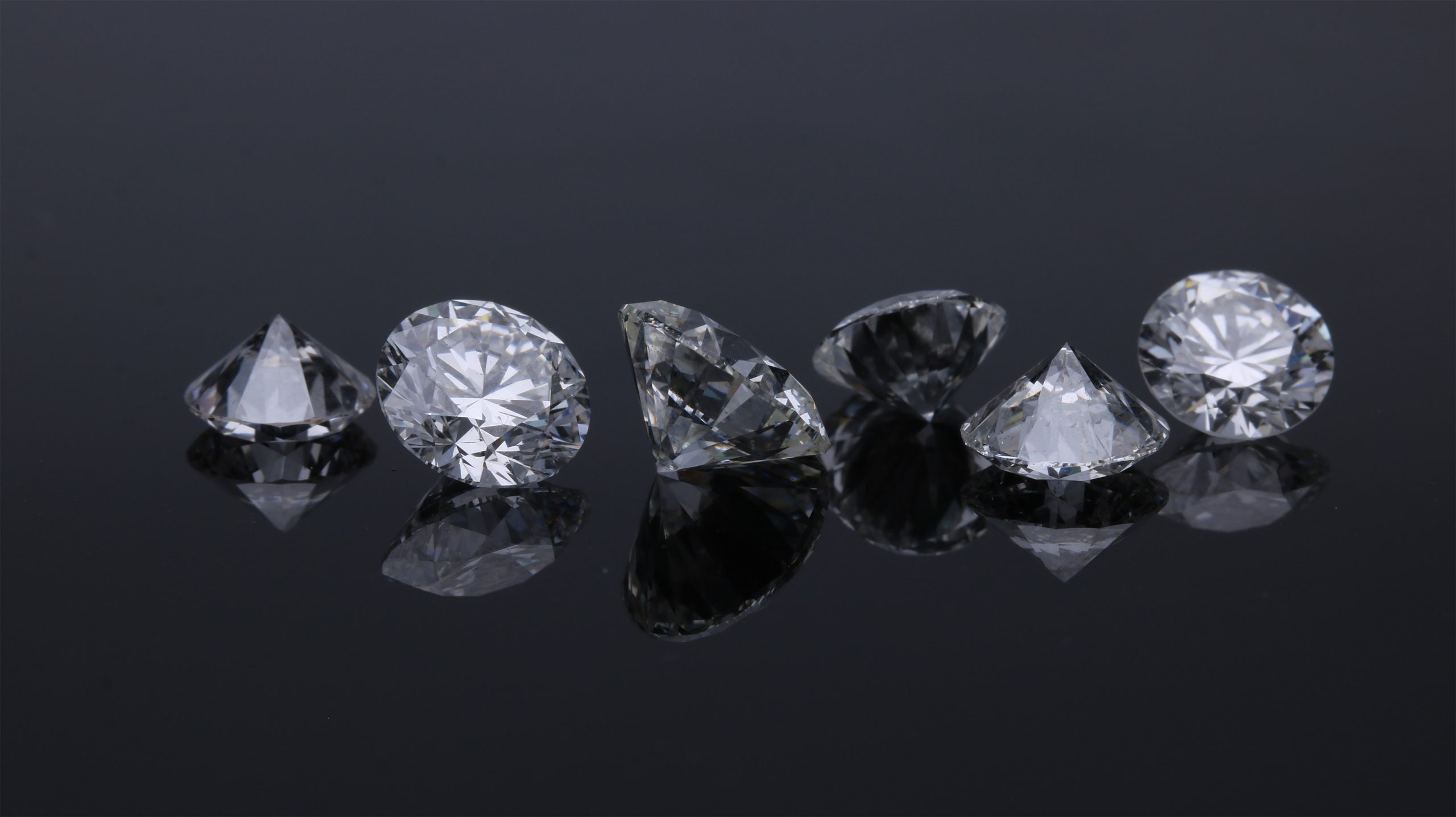In recent years, the popularity of lab grown diamonds has surged, offering consumers an ethical, affordable, and environmentally friendly alternative to natural diamonds. As technology advances, buy lab grown diamonds have become virtually indistinguishable from their mined counterparts. If you’re considering purchasing a diamond, here’s everything you need to know about buying lab grown diamonds.
Introduction to Lab Grown Diamonds
What are lab grown diamonds? Lab grown diamonds, also known as synthetic diamonds or cultured diamonds, are created in laboratories rather than being mined from the earth. They possess the same physical, chemical, and optical properties as natural diamonds, but they are produced under controlled conditions.
How are lab grown diamonds made? Lab grown diamonds are formed using two main methods: High Pressure High Temperature (HPHT) and Chemical Vapor Deposition (CVD). HPHT mimics the natural conditions found in the earth’s mantle, while CVD involves the deposition of carbon atoms onto a substrate to form diamond crystals.
Benefits of Buying Lab Grown Diamonds
Cost-effectiveness One of the most significant advantages of buy lab grown diamonds is their affordability. On average, lab grown diamonds are 20-40% cheaper than natural diamonds of comparable quality, making them an attractive option for budget-conscious consumers.
Ethical considerations Unlike natural diamonds, which often have a controversial history involving conflict or exploitation, lab grown diamonds are ethically sourced. By choosing lab grown diamonds, consumers can ensure that their purchase is free from human rights abuses and unethical mining practices.
Environmental impact The process of mining natural diamonds can have significant environmental consequences, including habitat destruction, water pollution, and carbon emissions. In contrast, lab grown diamonds have a minimal environmental footprint, requiring less energy and water to produce.
Quality and Durability
Comparing lab grown diamonds to natural diamonds Lab grown diamonds are virtually identical to natural diamonds in terms of appearance, hardness, and brilliance. They are graded using the same standards as natural diamonds and can be certified by reputable gemological laboratories.
Certification and assurance of quality When purchasing lab grown diamonds, it’s essential to look for certification from recognized authorities such as the Gemological Institute of America (GIA) or the International Gemological Institute (IGI). These certifications provide assurance of the diamond’s quality and authenticity.
Variety and Availability
Range of colors and sizes Lab grown diamonds offer a wide range of colors, including white, yellow, blue, and pink. They are also available in various sizes and shapes, allowing consumers to find the perfect diamond for their preferences and budget.
Accessibility in the market As the demand for buy lab grown diamonds continues to grow, they have become more readily available in the market. Many reputable jewelers and online retailers offer a selection of lab grown diamond jewelry, providing consumers with plenty of options to choose from.
Common Misconceptions
Misunderstandings about lab grown diamonds There are several misconceptions surrounding lab grown diamonds, including concerns about their quality, value, and durability. However, modern lab grown diamonds undergo rigorous testing and certification to ensure that they meet the same standards as natural diamonds.
Dispelling myths It’s important to dispel these myths and educate consumers about the benefits of lab grown diamonds. By providing accurate information and addressing common misconceptions, more people can make informed decisions about their diamond purchases.
Buying Considerations
Researching reputable sellers When buying lab grown diamonds, it’s essential to research and choose reputable sellers who offer high-quality diamonds and excellent customer service. Look for retailers with positive reviews and a transparent purchasing process.
Understanding the grading system Lab grown diamonds are graded using the same criteria as natural diamonds, including the 4Cs: cut, color, clarity, and carat weight. Familiarize yourself with these grading factors to ensure that you select a diamond that meets your preferences and budget.
Caring for Lab Grown Diamonds
Maintenance and cleaning tips To keep your lab grown diamond looking its best, it’s essential to clean it regularly using mild soap and warm water. Avoid harsh chemicals and ultrasonic cleaners, as they can damage the diamond’s surface.
Longevity and wearability Lab grown diamonds are incredibly durable and resistant to scratching, making them suitable for everyday wear. With proper care and maintenance, your lab grown diamond jewelry can last a lifetime and beyond.
Consumer Confidence and Trust
Transparency in the industry The lab grown diamond industry is committed to transparency and ethical practices. Many companies provide detailed information about the origin and production process of their diamonds, allowing consumers to make informed choices.
Consumer experiences and reviews Before making a purchase, it’s helpful to read reviews and testimonials from other customers who have bought lab grown diamonds. Hearing about their experiences can provide valuable insight into the quality and value of the diamonds.
Comparison with Natural Diamonds
Price differentials One of the most significant differences between lab grown and natural diamonds is their price. Lab grown diamonds are typically more affordable than natural diamonds, making them an attractive option for budget-conscious consumers.
Identifying differences While lab grown diamonds are virtually identical to natural diamonds, there are subtle differences that gemologists can detect using specialized equipment. However, these differences are minimal and do not affect the diamond’s beauty or durability.
Trends and Market Growth
Increasing demand for lab grown diamonds In recent years, there has been a significant increase in the demand for lab grown diamonds, driven by factors such as cost-effectiveness, ethical considerations, and environmental awareness. As technology advances and consumer awareness grows, the market for lab grown diamonds is expected to continue expanding.

